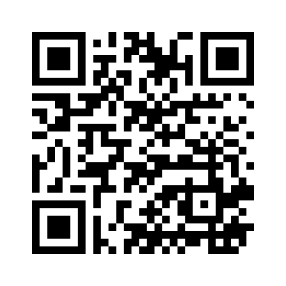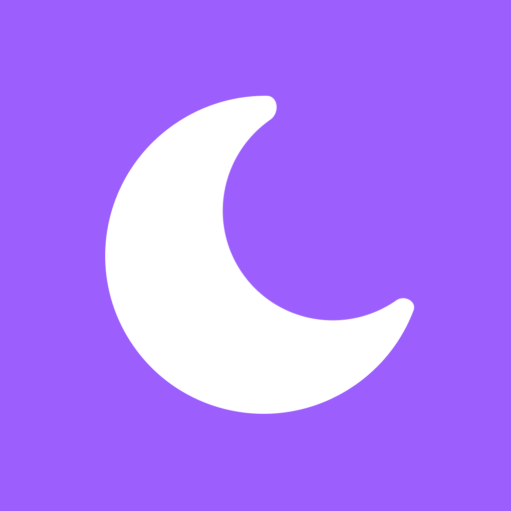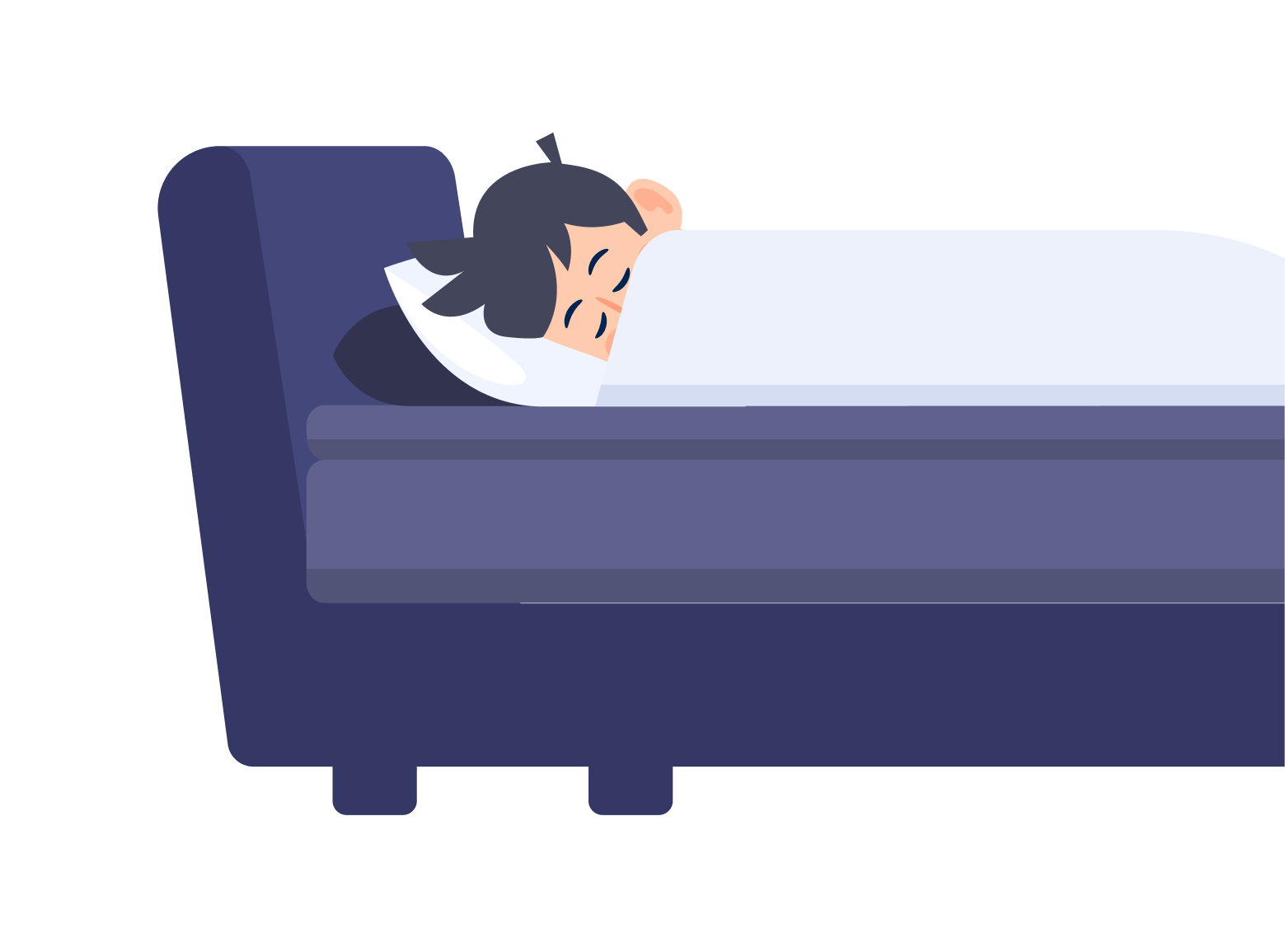Unlock the Secrets of Your Health Through Warning Dreams
Picture this: You wake up from a vivid dream where you felt an elephant sitting on your chest, making it impossible to breathe. Three weeks later, you’re diagnosed with a heart condition. Coincidence? Far from it. In fact, welcome to the extraordinary world of warning dreams—your body’s nocturnal alarm system.
Your Most Advanced Health Monitor
Your sleeping brain is far more sophisticated than you might imagine. While you rest, for instance, it continuously monitors subtle physiological changes that your conscious mind would never notice. These weak physiological signals are then translated into warning dreams that can serve as early prediction systems for potential health issues.
✨ Ultimately, this remarkable phenomenon reveals that your warning dreams might be the most advanced health monitoring system you never knew you had—one that operates 24/7, analyzing your body’s whispers before they become screams. You can learn more about dream science research and discover how to interpret your body’s nighttime messages.
The Science Behind Warning Dreams and Health Detection
During sleep, your brain doesn’t simply shut down. Instead, it transforms into a sophisticated biological surveillance system. While your conscious mind rests, your subconscious intelligence remains hypervigilant, processing thousands of subtle bodily sensations.
Consequently, it interprets physiological changes that occur far below the threshold of conscious awareness. This complex process involves multiple brain regions working in harmony. The brainstem, for example, continuously monitors vital functions like heart rate and breathing.
Meanwhile, the limbic system processes emotional and physiological stress signals, which the prefrontal cortex then helps translate into the symbolic language of warning dreams.
Key Insight: Your sleeping brain can detect changes in heart rhythm, blood pressure, breathing patterns, and even early inflammatory responses hours or days before symptoms become consciously noticeable. These signals often manifest as warning dreams that alert you to potential health issues.
Furthermore, research from the National Sleep Foundation shows that warning dreams occur during specific REM sleep phases when the brain is most active in processing bodily information.
How Warning Dreams Translate Physiological Signals
The translation from physiological signal to warning dreams imagery is one of the most fascinating aspects of subconscious health intelligence. Indeed, your brain doesn’t simply create random scenarios—it crafts symbolic representations that often directly correlate with the underlying physical issue.
The Symbolic Translation Process in Warning Dreams
When your brain detects weak physiological signals, it doesn’t have the luxury of conscious language to interpret them. Instead, it relies on symbolic representation through warning dreams, drawing from your personal experiences, fears, and cultural associations to create meaningful imagery.
For instance, subtle changes in cardiac rhythm might be translated into warning dreams of being chased (increased heart rate), while early signs of respiratory issues could manifest as dreams of drowning or being trapped in tight spaces. Unsurprisingly, studies from Mayo Clinic support this connection between physiological states and dream content.
Common Warning Dreams and Their Health Correlations
1. Chest Pressure Warning Dreams and Cardiac Issues
Warning dreams involving heavy objects on your chest or crushing sensations often correlate with early cardiovascular issues. As a result, your sleeping brain may detect subtle changes in heart rhythm, blood pressure variations, or early signs of arterial constriction.
Case Study: A 45-year-old executive reported recurring warning dreams of being buried alive under heavy stones. After a medical examination, it was revealed he had early-stage coronary artery disease that hadn’t yet produced conscious symptoms. You can learn more about heart disease warning signs.
2. Suffocation Warning Dreams and Respiratory Problems
Similarly, warning dreams of drowning, being unable to breathe, or having your airways blocked may indicate early respiratory problems. Your brain might be detecting subtle changes in oxygen saturation or early signs of sleep apnea through these predictive dreams.
3. Falling Warning Dreams and Blood Pressure Issues
While falling dreams are common, persistent or intensely vivid falling warning dreams can sometimes correlate with blood pressure irregularities or inner ear problems affecting balance.
4. Fire and Heat Warning Dreams
Finally, warning dreams involving fire or extreme heat may reflect early inflammatory processes in the body. These thermal warning dreams often precede actual illness by days.
The Neurological Mechanisms Behind Warning Dreams
Understanding how your brain accomplishes this remarkable feat requires looking at the intricate neurological processes that occur during sleep. In short, the subconscious intelligence system operates through several key mechanisms that enable warning dreams to accurately predict health issues:
Interoceptive Awareness in Warning Dreams
Your brain possesses specialized receptors that monitor internal bodily states. During sleep, when external sensory input is reduced, these internal signals naturally become more prominent and can trigger warning dreams.
Pattern Recognition and Predictive Warning Dreams
Moreover, your sleeping brain excels at pattern recognition. It compares current physiological states with stored patterns from your entire life experience. When it detects deviations from your normal baseline, it flags these as significant and creates warning dreams to alert your conscious mind.
Emotional Processing Through Warning Dreams
The limbic system, particularly active during REM sleep, processes the emotional significance of these physiological changes. It often translates them into anxiety-provoking or attention-grabbing warning dreams that ensure you remember them upon waking.
In addition, research from National Institutes of Health demonstrates how the brain’s nocturnal activities contribute to health monitoring through such dreams.
Why Warning Dreams Beat Medical Technology
In many cases, your body’s natural warning dreams can detect problems before sophisticated medical equipment. This advantage stems from several factors that make these dreams uniquely effective:
- Continuous Monitoring: Unlike medical tests that provide snapshots, your brain monitors your body 24/7, detecting subtle trends and patterns over time.
- Baseline Sensitivity: Your brain knows your unique “normal” better than any standardized medical range, creating personalized alerts based on your individual health profile.
- Multi-System Integration: Furthermore, your subconscious processes information from multiple body systems simultaneously, detecting complex interactions.
- Predictive Modeling: Your brain can project current trends into future scenarios through warning dreams, essentially predicting where problems might lead.
In fact, studies from WebMD confirm that warning dreams can precede medical diagnoses by weeks or months, demonstrating their remarkable predictive accuracy.
Recognizing and Interpreting Your Warning Dreams
Learning to recognize when your dreams might be health-related warning dreams requires understanding the key characteristics of physiological dream signals. Of course, not all dreams are warnings, but certain patterns can help you identify when your subconscious is trying to alert you.
Distinguishing Warning Dreams from Regular Dreams
Health-related warning dreams often have specific qualities that set them apart. For example, they tend to be more vivid, emotionally intense, and focused on specific bodily sensations or threats to your physical well-being.
Red Flags to Watch For: Repetitive warning dreams involving the same body part, dreams that wake you with physical sensations, or dreams that seem unusually urgent or frightening compared to your normal dream patterns.
Timing and Frequency Patterns of Warning Dreams
Also, pay attention to when these warning dreams occur. Health-related dreams often happen during specific sleep stages and may increase in frequency as the underlying condition progresses.
The Limitations and Boundaries of Warning Dreams
While warning dreams are remarkably sophisticated, it’s important to understand their limitations. Not every health-related dream is a true warning, because many factors can influence dream content.
For instance, stress, medications, diet, and emotional state can all affect dream content and create false alarms. Additionally, your brain sometimes misinterprets normal physiological variations as potential threats, generating unnecessary warning dreams.
Important Note: Warning dreams should never replace professional medical consultation. Think of them as an additional source of information, not a diagnostic tool. Therefore, always consult healthcare professionals about persistent health concerns.
Developing Your Warning Dreams Intelligence
You can enhance your ability to recognize and interpret health-related warning dreams through several practices. However, developing this intelligence requires patience and consistent attention to your body’s nocturnal signals.
Dream Journaling with Health Focus for Warning Dreams
Keep a detailed dream journal that includes not only the dream’s content but also your physical state upon waking. Specifically, note any physical sensations, energy levels, or bodily discomfort that might correlate with your warning dreams.
Body Awareness Meditation for Better Warning Dreams
Regular meditation that focuses on bodily sensations can strengthen the connection between your conscious and subconscious awareness. As a result, this makes you more receptive to subtle health signals that manifest as warning dreams.
Sleep Quality Optimization for Clearer Warning Dreams
Ultimately, better sleep quality enhances your brain’s ability to process physiological information. Maintain consistent sleep schedules, create optimal sleep environments, and address any sleep disorders that might interfere with your warning dreams.
The Future of Warning Dreams in Health Monitoring
As our understanding of warning dreams grows, we’re beginning to see their potential applications in preventive medicine. For example, researchers are exploring ways to combine warning dreams analysis with wearable technology to create more comprehensive health monitoring systems.
This emerging field suggests that the future of healthcare might involve training people to better interpret their own warning dreams. This would create a more intuitive and personalized approach to health maintenance. Consequently, such dreams could become a standard part of preventive care protocols.
Listening to Your Body’s Whispers
Your subconscious intelligence represents millions of years of evolutionary development—a sophisticated early warning system that has helped humans survive. In our modern world, this system continues to operate, translating subtle physiological changes into the symbolic language of dreams.
By learning to recognize and respect these signals, you’re not just improving your health awareness—you’re reconnecting with one of your most ancient and powerful survival mechanisms. Indeed, your dreams are trying to tell you something important about your body’s state.
Remember: your sleeping brain knows your body better than you might think. Trust its wisdom, but always verify its insights with professional medical guidance. After all, the most powerful health monitoring system you have is the one you were born with—you just need to learn how to read its signals.








